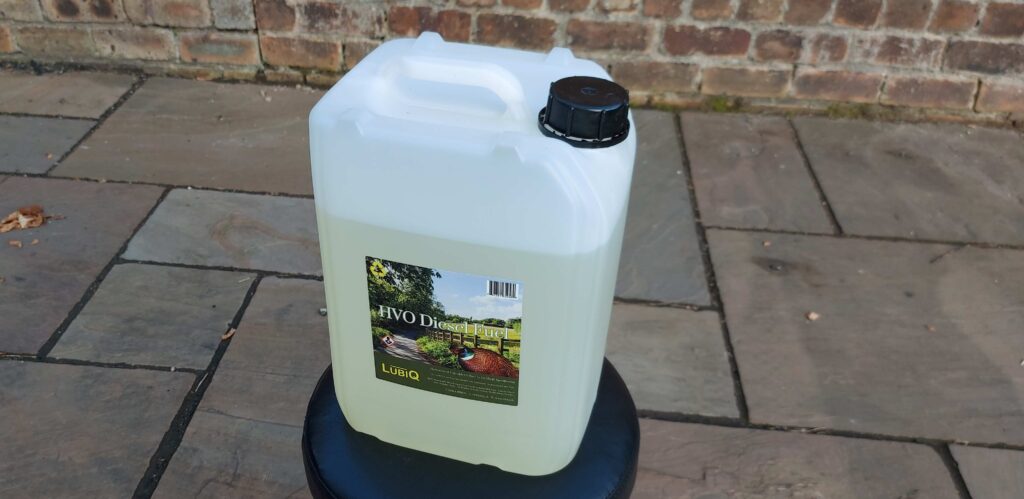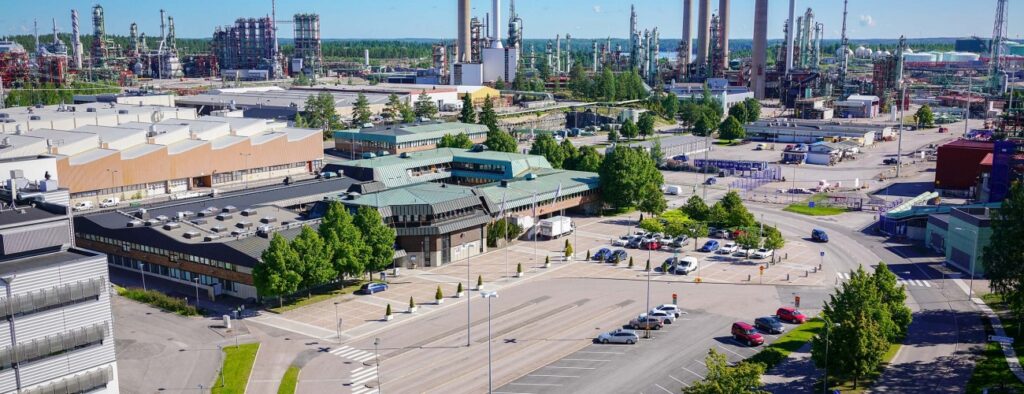How Is HVO Fuel Made?
It is useful to understand how is HVO fuel made to better comprehend why it is such a premium fuel with benefits to both engines and the environment.
Hydrotreated vegetable oil is made from waste products containing carbon like wood waste, used cooking oil, waste animal fats, pitch, and tallow.

These feedstocks are cracked and reacted with hydrogen, so hydrogenated, to obtain a synthetic fuel which is like kerosene density-wise and chemically similar to mineral diesel although more consistent and clean-burning.
You can see the comparison on this Neste video:
Some key differences:
- There isn’t any oxygen within HVO, so it has fantastic stability for long term fuel storage without growing algae or clouding in cold weather. It is made differently from FAME biodiesel and is markedly superior.
- Because it is not really a ‘natural’ product like normal fossil diesel, HVO contains consistent length molecule chains, no sulphur and almost no aromatics, it burns much cleaner than normal DERV so is good for your engine with much lower soot levels.
- Has a higher cetane number than standard diesel and a higher flash point.
Good News For Refineries!
It will probably have struck you by now, as researching how is HVO fuel made, that petrochemical refineries can fairly easily change a distillation column or cracker to making HVO instead of cracking fossil crude oil.
This is in fact what is happening in the UK on the Humber and across the world in France, Finland, Holland and the USA with sites gearing up to refine waste instead of fossil crude oil.

Many heavy lorries are using HVO fuel already, this is in part because it is getting cheaper and more plentiful and there is no hassle of changing fuel tanks or engines because you can mix it readily with normal diesel.
Because HVO is made from waste, the local councils, haulage, plant hire, and construction firms that are using HVO are in fact enjoying a 90% cut in net greenhouse gas emissions!
They are saving 2.2kg of carbon per litre burned, using less AdBlue, drastically cutting air pollution and as there is an 80% cut in particulates and soot, well they hardly need DPF filters anymore!
If you would like to join this clean and green diesel revolution please click on the link or email us at: oil@lubiq.uk
